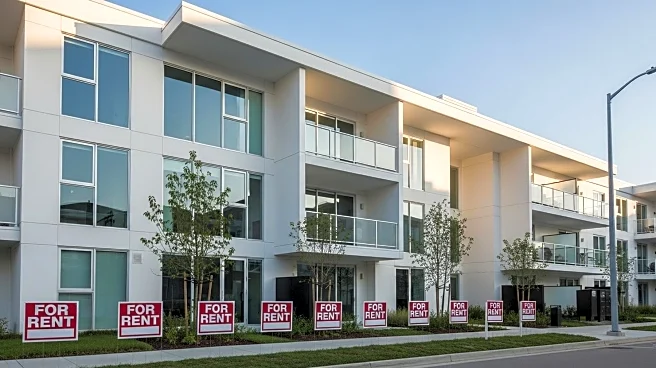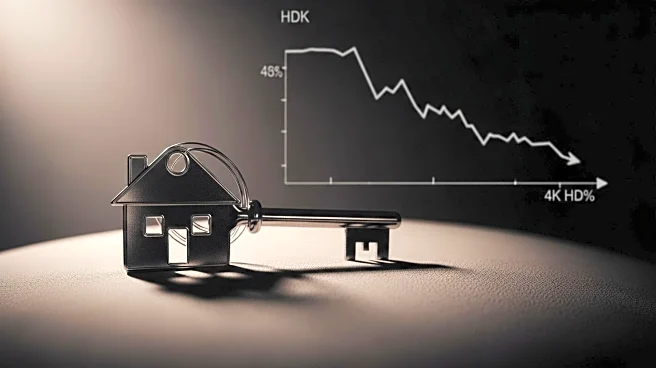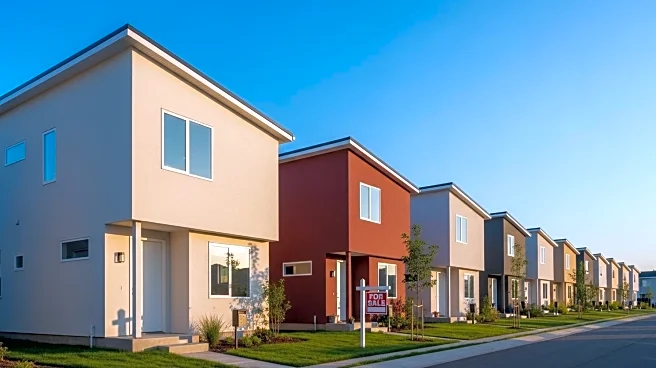What's Happening?
The U.S. homeownership rate has stagnated at 65%, the lowest since 2019, despite a significant increase in home values. This stagnation is attributed to high mortgage rates near 7% and limited entry-level home supply, which have locked many potential buyers out of the market. As a result, younger generations are increasingly turning to renting, with urban renter households growing three times faster than homeowners. The rental market is projected to grow by 2.7% annually through 2025, driven by urbanization, remote work, and suburban demand.
Why It's Important?
The shift from homeownership to renting has significant implications for the real estate market and investors. As renting becomes more prevalent, investment opportunities in multi-family and urban rental properties are becoming more attractive. This trend reflects broader economic pressures and changing lifestyle preferences, with younger generations prioritizing flexibility over ownership. Investors may need to reallocate capital towards rental properties to capitalize on these evolving market dynamics.
What's Next?
Investors are likely to focus on urban and suburban rental markets with strong job growth and limited new construction. Multi-family properties, especially those with larger units, are expected to benefit from increased demand. The rental market's growth may lead to further investment in infrastructure and amenities to support urban and suburban living. Monitoring demographic shifts and economic trends will be crucial for real estate stakeholders.











